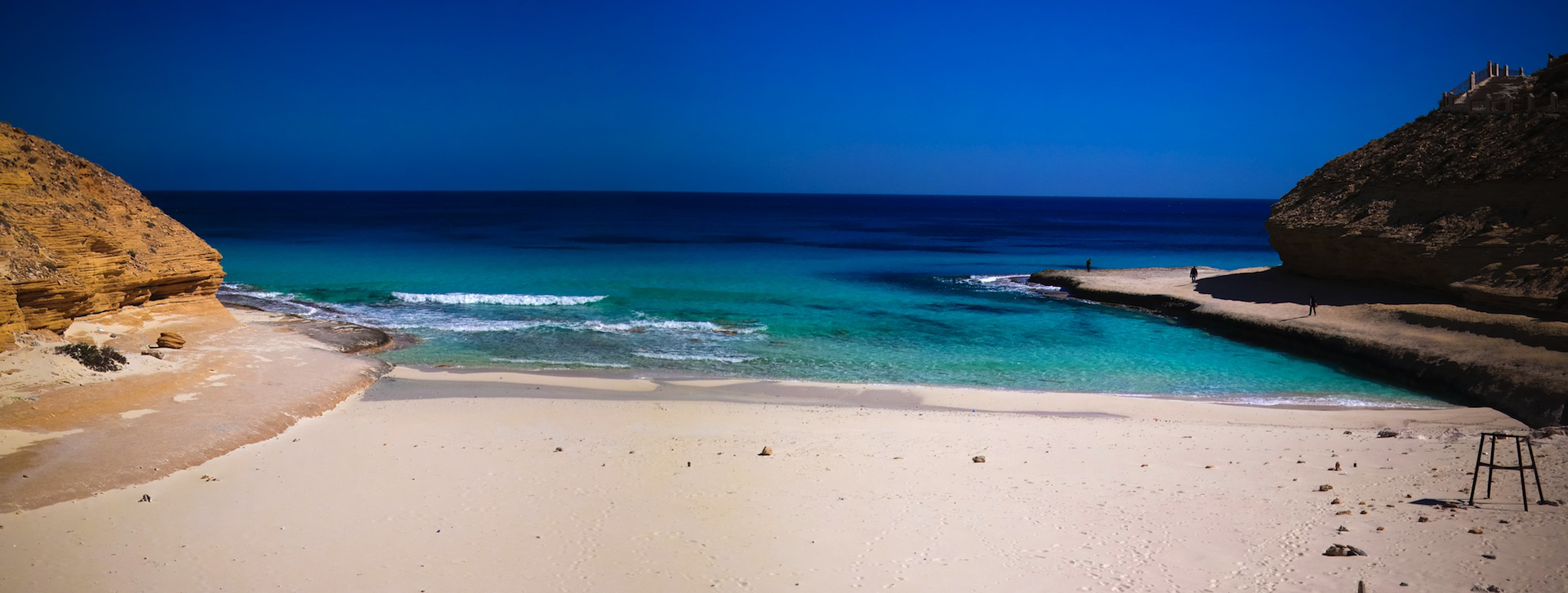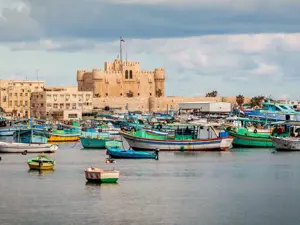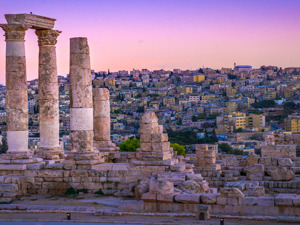








The local cuisine is flavoursome, colourful, spicy and very varied, and is also healthy being very low in fat. Typical dishes are based on lamb or mutton, together with vegetables and rice. Pulses worthy of trying are the celebrated broad beans, cooked in different ways.
Text by Anna Glik
Photos: Sisterscom.com, Shutterstock
Copyright © Sisterscom.com. All rights reserved.
Video: www.egypt.travel
www.egypt.travel
Partnership with Booking.com

The Museum, located in a traditional Siwan house, boasts traditional Siwan objects such as silver jewellery, music instruments, wedding costumes, baskets and ceramics. The small Siwa House Museum was inspired by a Canadian diplomat is very interesting and was built to preserve and display artifacts depicting the various aspects of the Siwan life.

Siwa Oase is an edenic island full of mineral springs, salt lakes and endless Olive and Palm groves. In Shali, the oasis' main town, to visit are the strange ruins of the Shali Fortress which dominate the town center and do not miss are the sandy paths to find the Temple of the Oracle, once visited by Alexander the Great himself to consult the Oracle of Siwa. To rest when you have finish the cultural visit, it is possible to take a dip at Cleopatra's Pool, where the legendary queen herself is believed to have once swum.

Cleopatra’s Beach is a wonderful bay located on the opposite side of the biggest lagoon in Marsa Matrouh; its clear waters surrounded by rocks give the impression of a vast, square pool in which, according to the legend, Cleopatra came to bathe - with her lover, Mark Anthony. Ruins of one of her palaces were uncovered on the hillside opposite the pool and it seems that a subterranean passage lead from the "villa" to the beach, perhaps allowing cosy midnight swims.

The Western Desert is 262, 000 square miles of dunes, canyons, oases, mountainous plateaus, and valleys that span most of land west of the Nile Valley. In the Desert you can travel through miles and miles of golden dunes and see uncanny rock formations and rest at precious oases. It is possible to take a safari into the Western Desert.

Famed for the decisive victory of the Allies over the Axis forces in the World War II North Africa campaign, El-Alamein is located half-way between Alexandria and Marsa Matrouh on the Egyptian North Coast. Today, it is home to war memorials: the British Memorial, the German Memorial and the Italian Memorial, as well as cemeteries, and landmarks reminiscent of this important part of the town’s history. In Graeco-Roman times, El-Alamein was known as “Locassis”, which means the white shell; it has been so named because of its beautiful white sandy beaches.



















